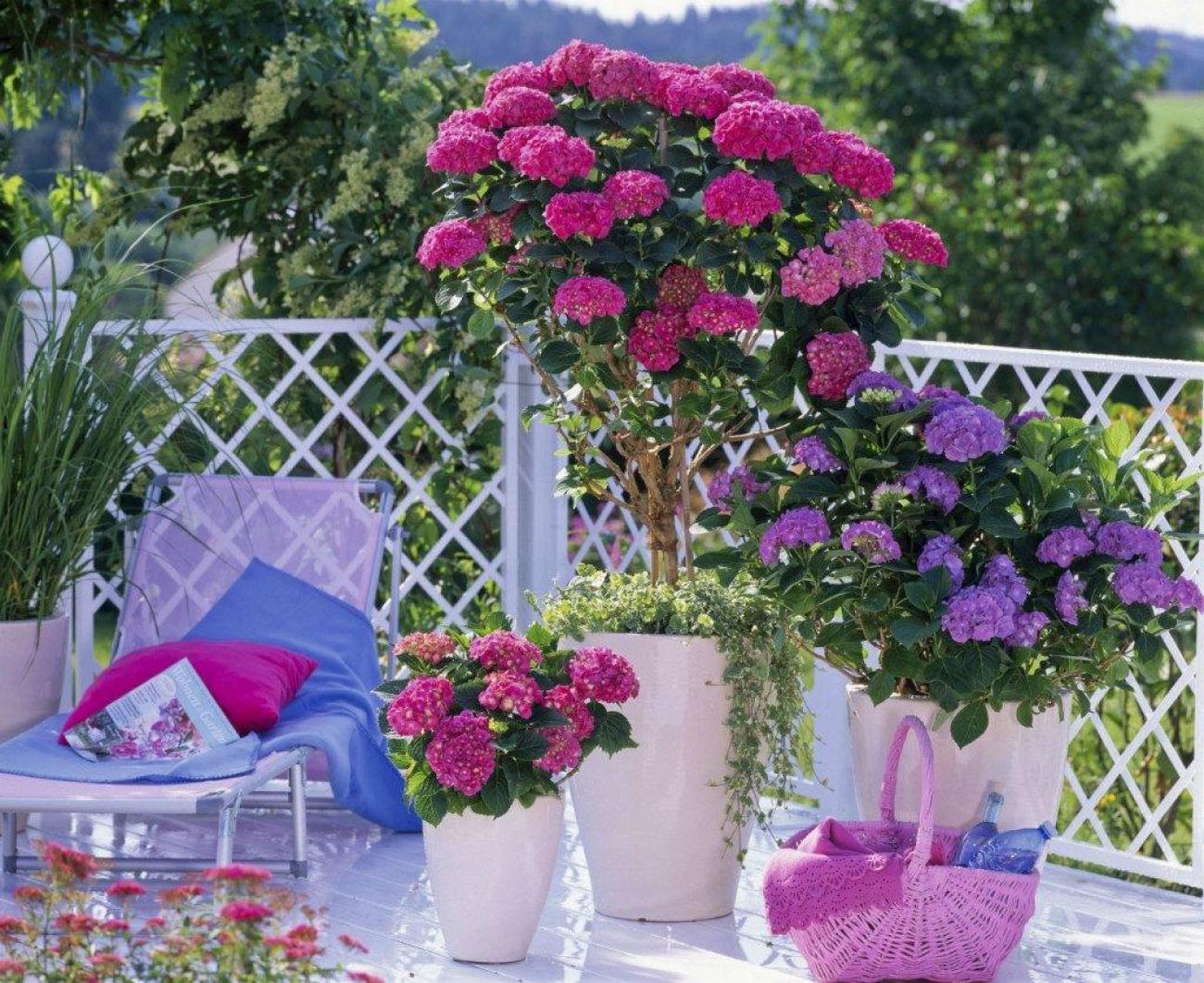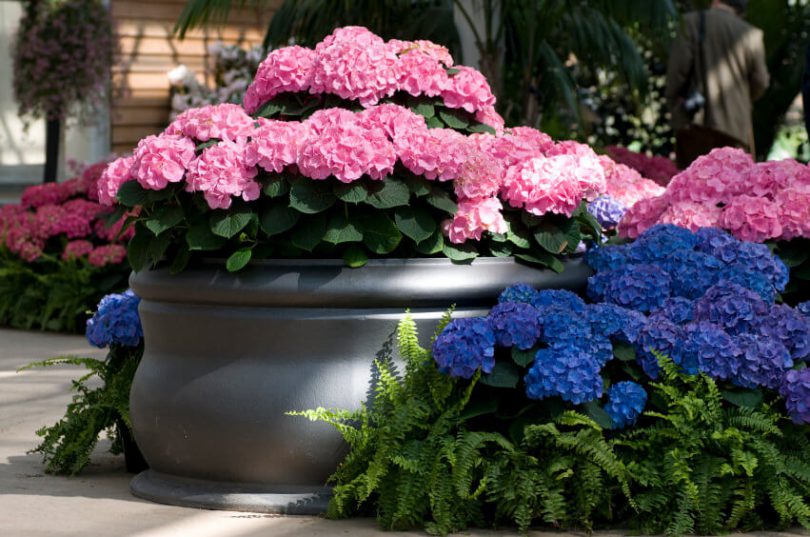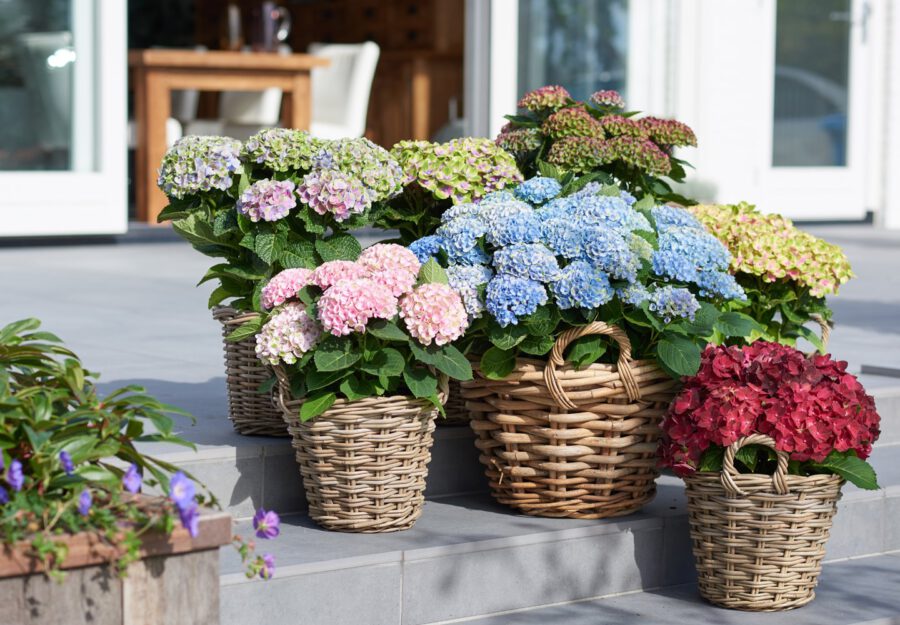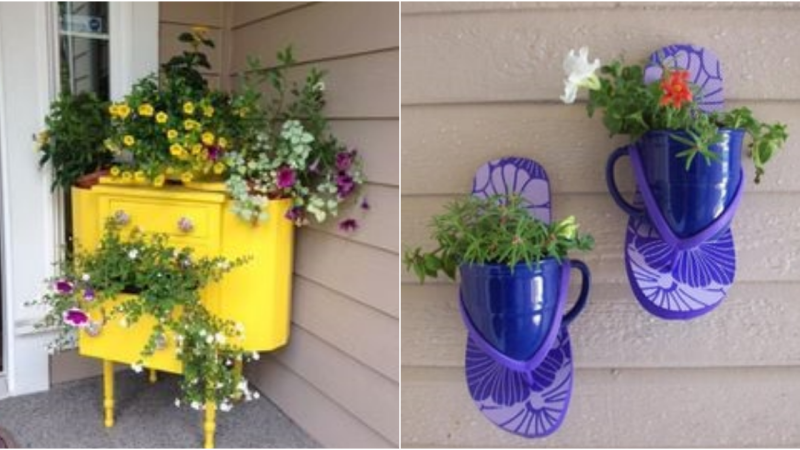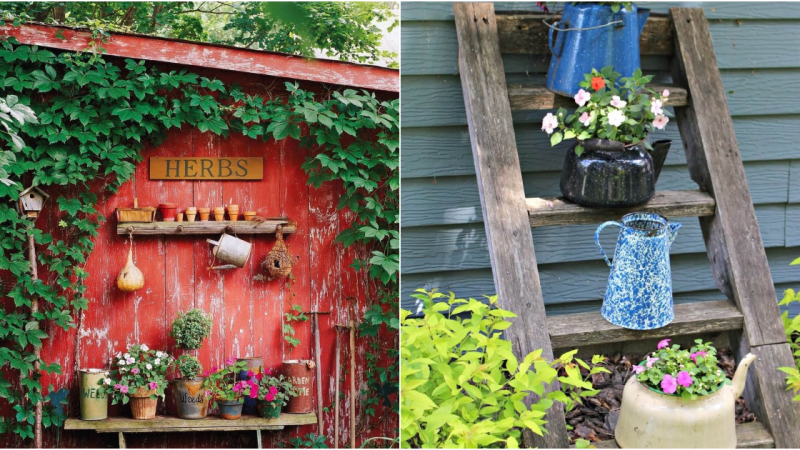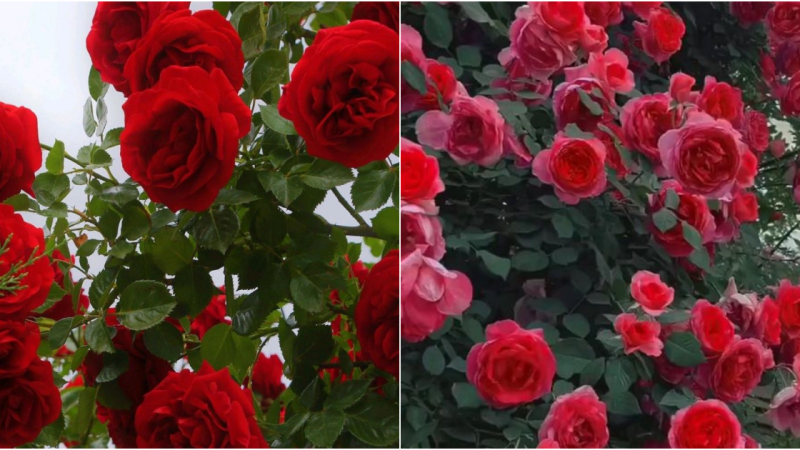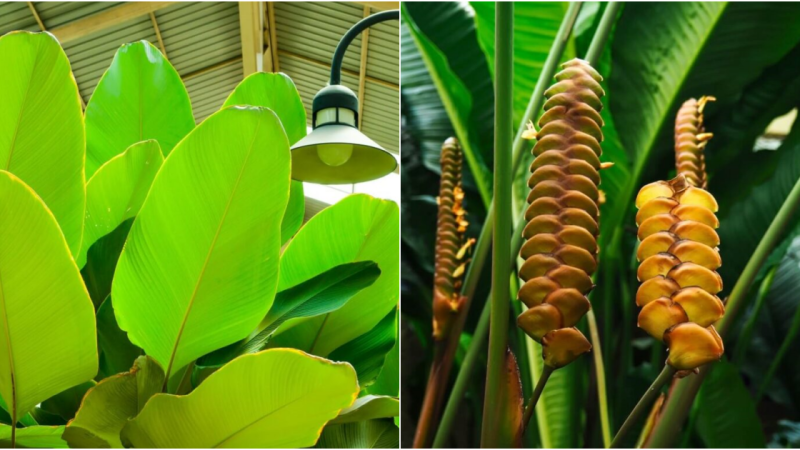Hydrangea on the Balcony: Successfully Cultivate the Most Popular Flower in Ordinary Pots
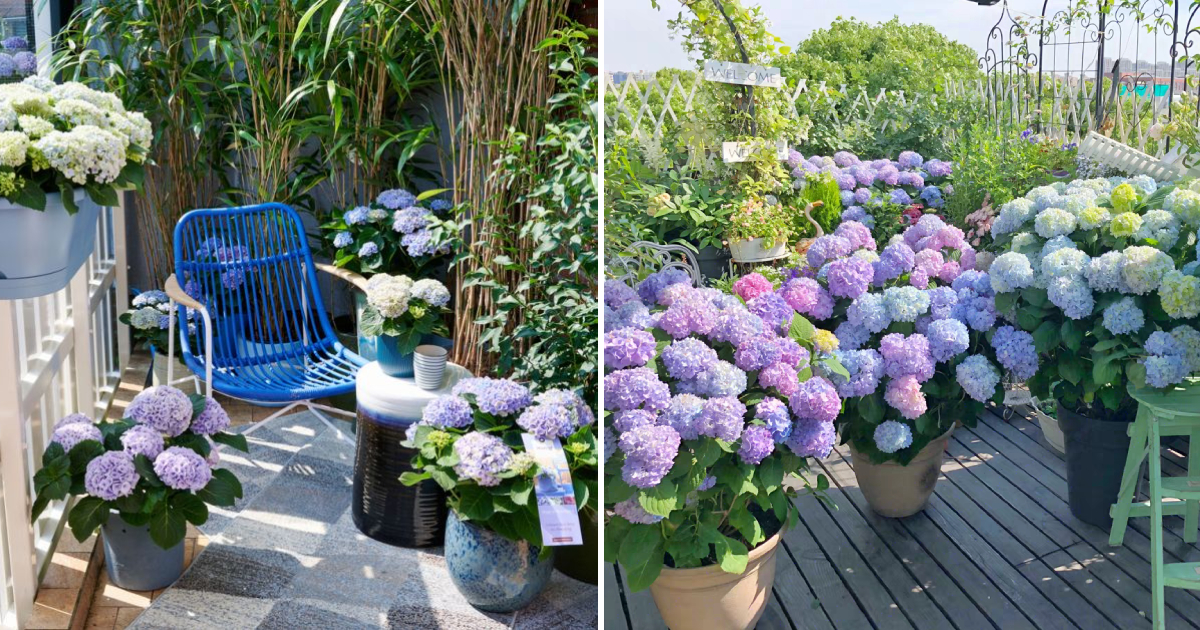
We believe we haven’t exaggerated in the title when we claim that hydrangeas have been the most popular flowers for several seasons. And not just in gardens as shrubs, but also on balconies. Here’s how you can successfully cultivate them in pots!
Hydrangeas are gradually becoming the most prevalent flower in gardens and yards. Their large bushes with lush clustered flowers truly create a visual spectacle and enhance any exterior space.
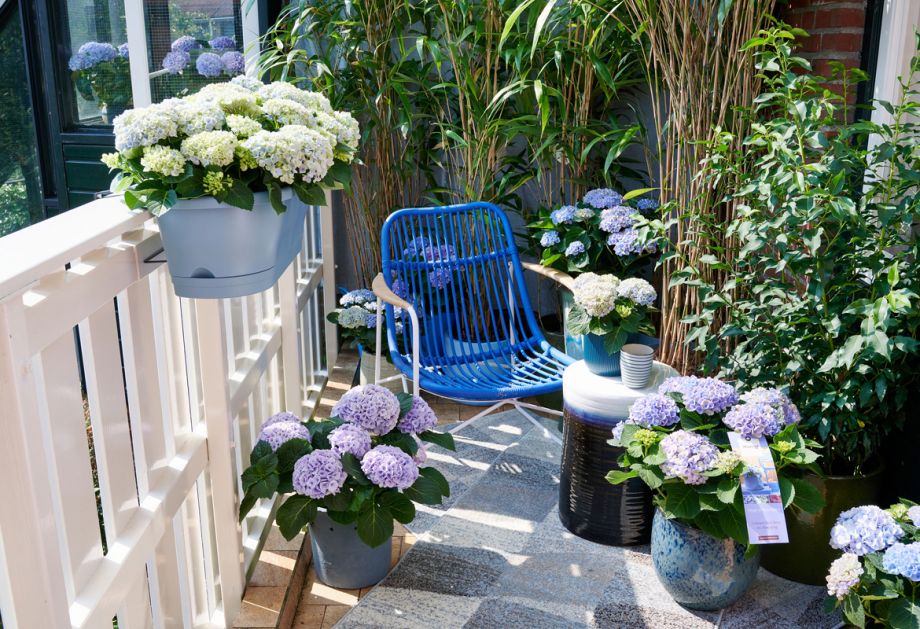
This popularity has extended to balconies, terraces, and even indoors, where hydrangeas can often be seen in pots, planters, and vases as cut flowers.
Since hydrangeas are not demanding to grow and can thrive even on the smallest balcony with limited sunlight, you can easily have them in your own little outdoor paradise. They are not bothered by smog or urban asphalt; the key is to know a few rules for cultivating them on balconies.
Place them on railings, windowsills, in hanging pots… they will thrive anywhere!
BEST VARIETY
There are more than 70 different species of hydrangeas, mainly originating from southern and eastern Asia, China, and Korea. Experts recommend choosing the Hydrangea macrophylla and Endless Summer varieties for pot cultivation, as they will last longer than others.
CHOOSING THE POT
A terracotta or ceramic pot will be ideal for hydrangeas and can withstand outdoor exposure throughout the year. Therefore, immediately transplant them from plastic pots into such containers after purchase. The only issue arises if winters are harsh – in that case, terracotta pots might crack, so it’s better to plant them in plastic ones.
Also, consider the size of the pot. Hydrangeas grow relatively fast and can reach a height of up to half a meter in a pot, so the roots need enough space to grow. When it gets colder, trim the flowers but make sure to leave the branches intact.
BEST LOCATION
As mentioned earlier, hydrangeas are not demanding when it comes to cultivation. They don’t require much sunlight, so avoid positions with intense and direct sun exposure, such as the south and west sides of your home. They will thrive best in shade or partial shade on the east or southeast side, where they can receive the necessary amount of sunlight.
WATERING HYDRANGEAS
In addition to shade and partial shade, hydrangeas require a significant amount of moisture, so water them generously, preferably daily. During hot summer days, you can water them twice a day, in the morning and evening. Avoid watering the flowers directly and instead pour water into the soil.
